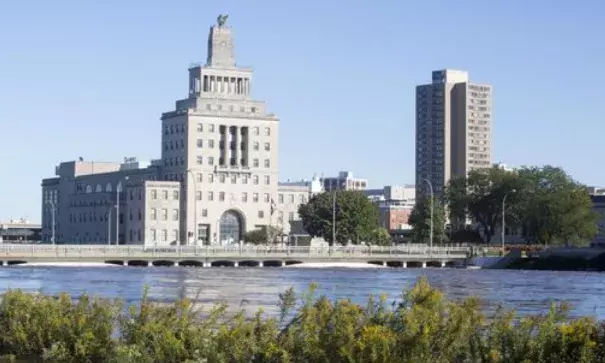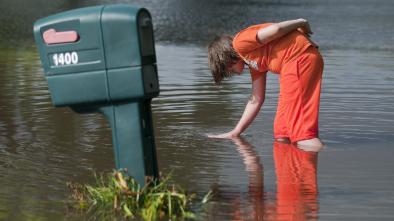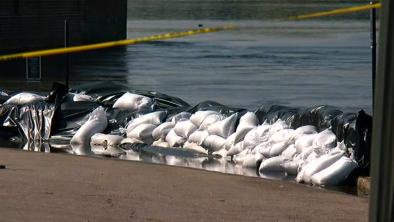Iowa has little idea of the cost to fully protect it from flooding

Iowa is seeing heavier rains and more flooding as climate change takes its toll, yet the state has little idea how much it would cost to protect its homes, schools, factories and other infrastructure, let alone how to pay for it.
...
One reason flood mitigation needs greater attention is that extreme rainfalls are likely to happen more frequently, thanks to climate change and, to a lesser degree, land-use changes, experts say.
"We were hard-pressed to get 4-inch rainfalls 100 years ago, and now it's very common," said Jerry Schnoor, co-director at the University of Iowa's Center for Global and Regional Environmental Research.
Through Sept. 30, rainfall across Iowa averaged nearly 45 inches, 9.6 inches more than normal. That makes this the state's third-wettest water year since the state started keeping records 144 years ago, according to the Iowa Department of Natural Resources.
Torrential rainfall in September resulted in a record crest along the Shell Rock River, as well as the second-highest crest on record along the Cedar River.
The Cedar's record crest in 2008 led to $5 billion in flood damages.
"In the Cedar River basin, we found the 100-year flood a century ago is now very likely to be a 25-year flood," said Eugene Takle, director of the climate science program at Iowa State University.
The term “100-year flood” is used to describe a flood that has a 1 percent chance of occurring in a given year. A "25-year-flood" has a 4 percent chance of occurring in a year.
Takle said accumulating greenhouse gases are warming the atmosphere, enabling it to hold more water vapor. "When you have more water vapor, you can expect more rain events," he said.

Takle's data illustrate the shift:
- Statewide annual average rainfall in the winter has spiked 33 percent since 1970, while spring rainfall has climbed 11 percent and summer rainfall has risen 18 percent. Meanwhile, fall rainfall has fallen 14 percent.
- Atmospheric water vapor, or humidity, has increased 31 percent in the winter since 1970, 14 percent in the spring, and 13 percent in the summer.
"A change in seasonality is kind of a big thing," Takle said. "Precipitation isn't just going up and down uniformly over all seasons. We're seeing more in one season and less in others.
"It may not be enough of a shift to impact agriculture … but the increased rain we're getting in the planting season is creating headaches," he said.
In Des Moines, the number of years that have had more than eight erosion-producing daily rains has climbed 400 percent over 120 years, comparing the first six decades to the last six decades, Takle said.
"This is consistent with what the climate models said would happen," he said. The Midwest "has experienced a big increase in extreme events."
A federal report in 2014 showed the average Midwest air temperature increasing 1.5 degrees Fahrenheit between 1900 and 2010.
Since 1980, Iowa has had 26 flood disasters with damages exceeding $1 billion, according to NOAA National Centers for Environmental Information. All told, Iowa has had 41 extreme weather events, including droughts, tornadoes and other disasters.
Schnoor said land use also contributes to flooding. Urban development, replacing soil with concrete and steel, can drive water faster into streams and rivers.
Related Content






